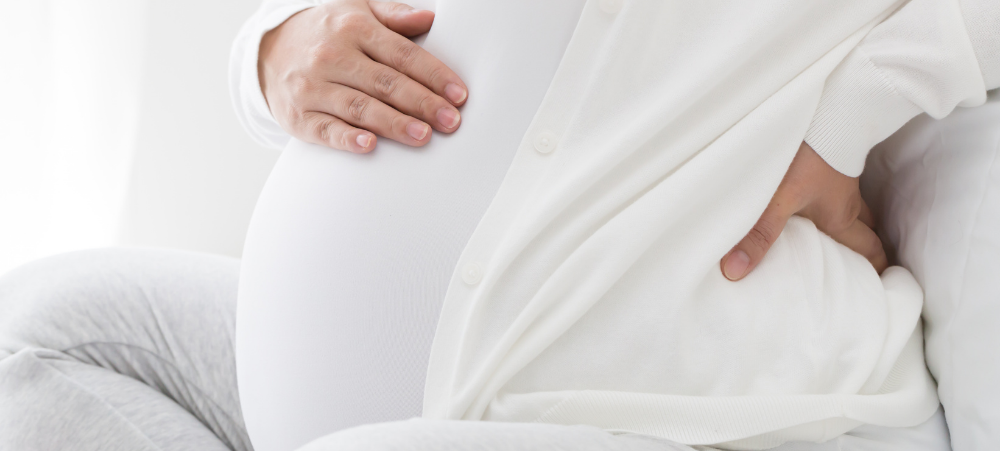If you are wanting to breastfeed your baby you most likely have thought about getting yourself a breast pump. At first the idea may be simple but there are quite a few things to consider. To make sure you get the best pump for your needs, follow these 6 easy tips:
1. Rental or personal
There is a difference between a hospital grade and personal grade pump. The Hospital grade and personal pumps use a different mechanism to help create the negative pressure that draws out your breast milk. The hospital grade pumps are mainly for mothers who have to establish their milk supply without the assistance of their baby. This would be a mom who has her baby in NICU, a mom who is adopting and wanting to breastfeed or a mom who has returned to work and needs to pump effectively and fast. If you are planning on only using a pump for a short period of time, the rental option maybe the most cost effective.
The personal pumps are much smaller in size than the hospital grade pumps which makes them portable. Some pumps use both mains electricity and batteries which make them portal and ideal for taking to work to pump.
2. Used or new
There are a lot of mothers looking at purchasing second and pumps online or borrowing a pump from a friend. The reason for this is that electrical pumps can be very expensive. Although you would be saving some money there are risks involved with purchasing a second had pump. Firstly, you do not know how many people used the pump before you, if the pump was in a house with smokers and if the pump has any mould or bacteria growing in the pump. It is always recommended to buy a new pump rather than a second hand one. This is very important for sick or babies in NICU.
3. Manual or electric
The decision between a manual or an electric pump can be based on two main factors; Price and usage. As mentioned before, the price of electric pumps can be quite high which may affect the decision about how to express. Some mothers respond really well to manual pumps and find them easier to use compared to electrical pumps. Electrical pumps are mainly used by mothers who go back to work because they make pumping quick and effective.
4. Double or single
Double pumps have two flanges so that you can pump both breasts at the same time. This helps to half the amount of time per pump session. Also, double pumping results in your breasts producing more milk per pump session. Single pumps are less expensive than double pumps and can be a very useful option.
5. Closed system or open system
Closed and open systems refer to the ability of moisture or breastmilk to collect in your tubing or pump motor. With open system pumps, moisture or breast milk is allowed to collect in the tubing or motor which can allow for the growth of bacteria or viruses. This can be very dangerous for sick or premature infants. It is very difficult to clean out the tube and sterilise the tube or the pump once it has the milk in it. If you see breast milk or moisture collecting inside your tubes it is best to replace the tubing. A safer option is to use a pump that has a complete closed system. This means that the moisture or milk is not able to move into the tube or the motor. This results in you not needing to clean, sterilise or replace the tubing parts. Apart from the health benefit you will also save some money on the spare parts. There are some pumps that are not complete closed systems as moisture can collect in the tubes but not in the motor.
6. Comfort and fit
Make sure that the pump you chose is comfortable and fits you well. If you are comfortable while you express, you will also produce more milk. Once you have decided which type of pump would be the best for you, make sure that the brand that you chose will fit you perfectly and be comfortable while you pump. Look for brands that have different size flanges because not all breasts are the same size. If the flange is too small it can hurt your nipple and if it is too big it can result in poor expression of breast milk.
Once you have decided on which type of pump you would like to use, go online and read reviews, find out what is being used overseas and why. You might just find that the pump you were thinking about is really noisy and it will not be suitable at work. The more you know about a pump the better decision you can make, so that you have a comfortable pump that works best for you.
- How long should a mother breastfeed for - May 15, 2023
- NICU and Milk supply - May 11, 2023
- Loadshedding and Breast milk - April 4, 2023





